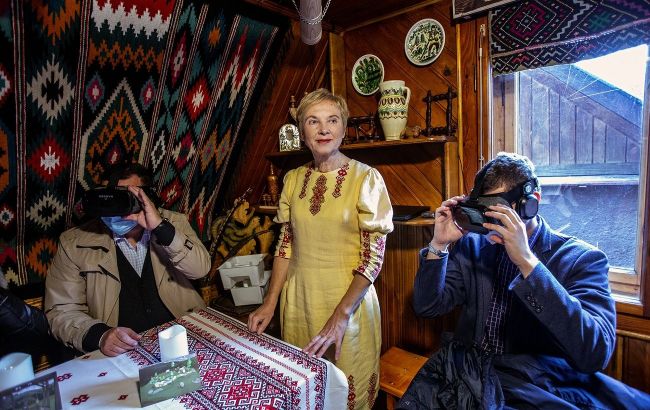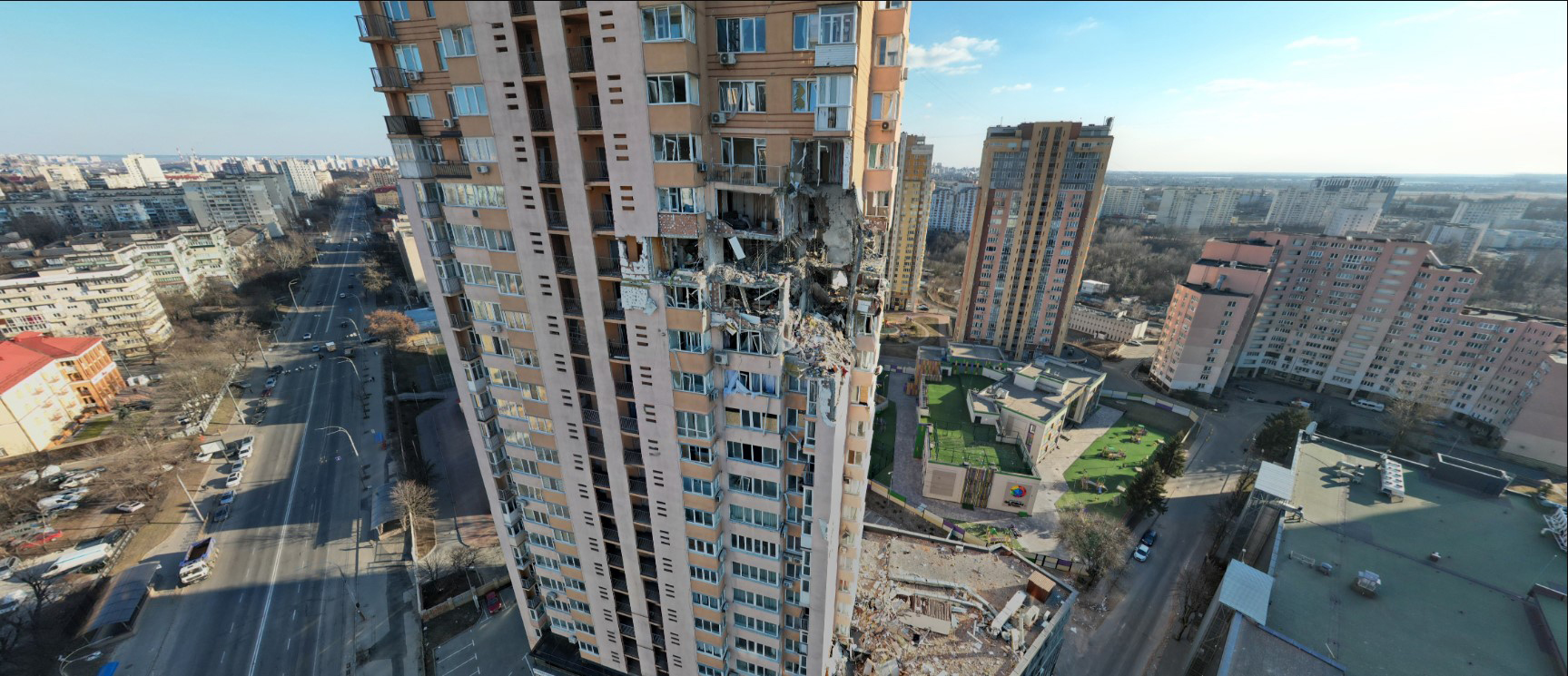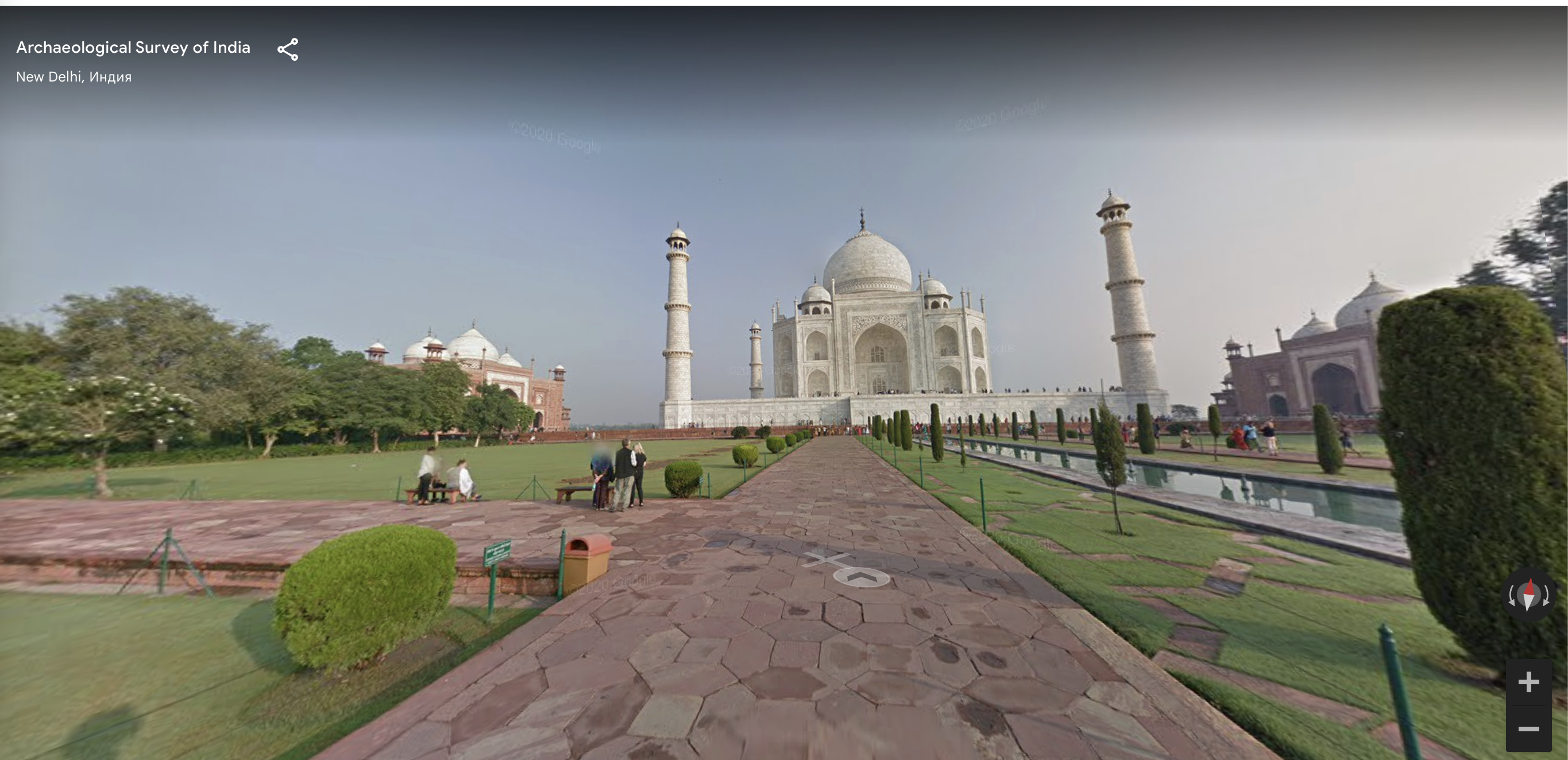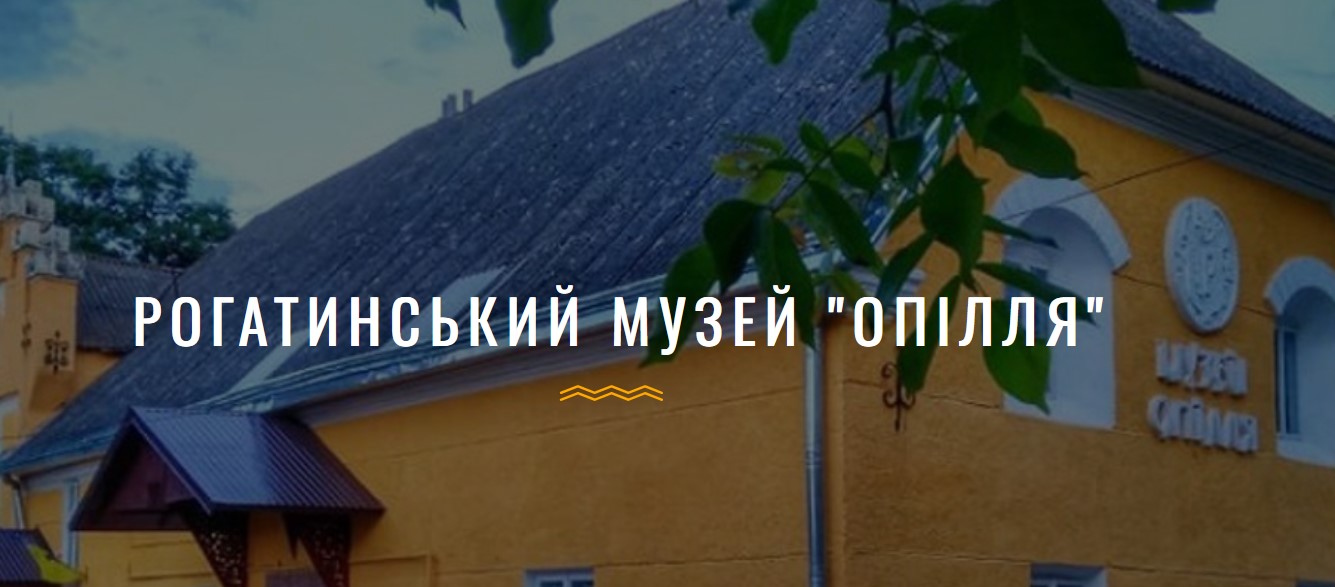Step ahead: Ukraine emerges as global leader in culture digitalization
 A virtual tour of the museum in Rakhiv, Zakarpattia (Getty Images)
A virtual tour of the museum in Rakhiv, Zakarpattia (Getty Images)
Ukraine, and Kyiv in particular, is widely known in the world of tourism for the fact that digitalization is moving at a very fast pace. RBC-Ukraine tells us what European countries can already follow our example and what we should learn from them.
How cultural heritage is being digitized in Ukraine
Ukraine is a world leader in the digitalization of cultural heritage. And, according to our foreign colleagues, in a short time, it has become ahead of European countries. We have repeatedly heard from our friends from Western museums who get acquainted with Ukrainian digital products the phrase: "We don't have anything like this!". And they are sincerely interested in how to implement such things.
Although various digital products existed in Ukraine before, they began to develop actively with the onset of the pandemic in 2020. Those tourists who were used to visiting museums physically got used to the distance and created a request to visit museums virtually. The tourist locations, which are sincerely interested in visitors, gradually began to compete for visitors online.

Then the Russian full-scale invasion began, and during this period Ukraine made a big leap in digitalization. But even then, the goal was different: we wanted to document events that would become history in the future. And to record everything digitally for posterity.
For example, back in the spring of 2022, as soon as Ukrainian defenders liberated Bucha and Irpin, a team of Kyiv volunteers began documenting all the destruction the enemy had brought to our capital and region using 360-degree panoramas and drone videos. This is how the War at Close Quarters project was born. With its help, Kyiv Maps enthusiasts want to show the world community the scale of the catastrophe that Ukraine has suffered due to Russian aggression.

In general, they and many other projects that appeared very quickly help all of us with a very important task: documenting and preserving.
Let's look at what European countries can already follow our example, and what we are interested in learning from them.
Louvre collections and archaeological artifacts: interesting global cases
The portal of the world-famous Louvre Museum in Paris (France) and an open database of digitized artifacts. The collection database contains records of more than 480,000 works in the Louvre Museum and the Musée National d'Eugène-Delacroix. It is updated daily and is the result of continuous research and documentation by teams of experts from both museums.


The project to reconstruct artifacts in the form of bones in 3D at the Smithsonian Museum of Natural History (USA) allows you to see unique archaeological finds without visiting the United States. In general, the National Museum of Natural History in Washington is an integral part of the Smithsonian Institution. Visiting is free all year round.

 Digitization of the Taj Mahal tourist location (India), a legendary historical heritage listed as a UNESCO World Heritage Site. This is a monument built by Emperor Shah Jahan Mughal as a mausoleum for his Persian wife Mumtaz Mahal, also known as Mutmaz-ul-Zamani, the niece of an influential courtier at the court of the Indian ruler. Now you can virtually walk around and see all the locations in detail.
Digitization of the Taj Mahal tourist location (India), a legendary historical heritage listed as a UNESCO World Heritage Site. This is a monument built by Emperor Shah Jahan Mughal as a mausoleum for his Persian wife Mumtaz Mahal, also known as Mutmaz-ul-Zamani, the niece of an influential courtier at the court of the Indian ruler. Now you can virtually walk around and see all the locations in detail.
 Temples and museums in digital form. What Ukraine will show the world
Temples and museums in digital form. What Ukraine will show the world
The above examples are interesting, but Ukraine has moved ahead in the use of technology and is now forming digital creative tourist and cultural products. I can confidently say that the capitals of Eastern Europe have no analogs in terms of digitization as, say, Kyiv.
For example, the tourist and cultural hub has not just collected digitized content on historical locations, monuments, museums, architectural structures, etc., but has created entire digital products: digitized tourist routes, online museums, special projects on cultural heritage and history, and quest tours.

Other regions of Ukraine are also developing quite rapidly in the direction of digitalization: Ivano-Frankivsk, Lviv, Odesa, and other regions.
For example, the Museum in a Smartphone project in five museums in the Carpathian region:
- A separate exposition of the Ivano-Frankivsk Museum of Local Lore;
- Rohatyn's Opillia Museum of History and Local Lore;

- Some exhibitions of the Museum of History of Kolomyia;
- "Galicia's Grave" in the village of Krylos;
- Kosiv Museum of Folk Art and Life of the Hutsul Region.
Or the digitization of historical and architectural monuments in the Lviv region, where restoration work was carried out:
- The Church of St. Joseph in Pidhirtsi, which was built 270 years ago in the Italian Baroque style by order of Wacław Żywuski;

- The wooden church of St. George in Drohobych was built without a single nail;
- The 56-meter bell tower of the monastery in Pidkamin was hit by an artillery shell during World War II;
- The wooden Church of the Presentation of the Lord of 1757 in Cherepyn, demonstrates the unique Galician school of folk architecture;
- Markiyan Shashkevych Museum-Estate in Pidlyssia and the memorial cross to the Galician Budytel on Bila Hora;
- The Church of St. Paraskeva in Busk, where, according to legend, the President of the Ukrainian People's Republic Yevhen Petrushevych was baptized;
- The Zhovkva Castle Museum and Reserve.
I am confident that after the war and our victory, we will compete in tourism with more travelers. However, many tourists come to Ukraine even now. And even today, visitors can travel around our museums and other interesting places in our country online.

